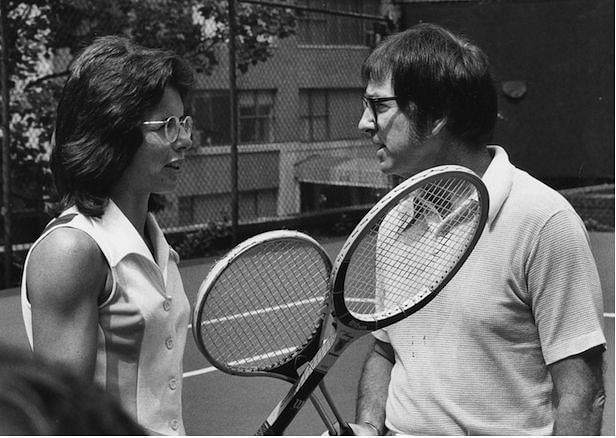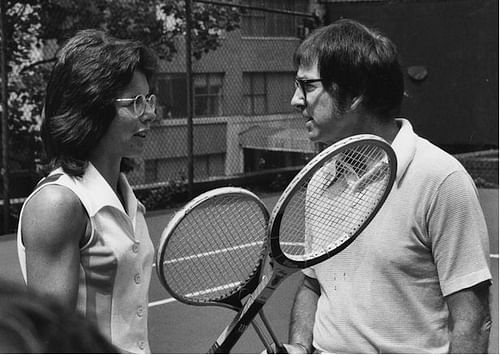
Closing the gender pay gap in tennis

1973 witnessed the most unusual and interesting tennis match ever played in history. Billie Jean King, one of the best women's players of her time, accepted the ‘Battle of the Sexes’ challenge by Bobby Riggs, a former No. 1 player from the men’s category.
Earlier that year, the women’s player group had raised an objection to several tournament organizers handing out significantly lower match fee payouts compared to the men’s players. In August of 1973, a landmark moment was witnessed when the US Open announced pay parity.
A month later, King beat Riggs in that exhibition match which was televised to 90 million viewers around the US. The stage was set for equal gender pay; King called 1973 ‘a year of insanity’.
Momentum slows down
Although it was expected that the other three Grand Slams – Australian, French and Wimbledon - would follow suit right away, it took several years for them to implement equal pay. The Australian did it in 2001, French in 2006 and Wimbledon finally came around in 2007. That’s 34 years since that summer of 1973.
By then, King had retired from professional tennis (1983), but continued to play an active role running the Women’s Tennis Association that she had founded in 1973 with nine players. The WTA now has 2500 players from more than 100 countries, competing for several millions in prize money every year.
Since the men’s and women’s tennis tours run separately and intersect only during a few major events, the concept of achieving pay parity has been complex. The 2018 Rogers Cup that alternates between Toronto and Montreal in Canada is one such example; the authorities announced 1 million USD for men’s singles and half the amount for women’s singles, which stirred several debates yet again.
Is it about equal work?
Women have historically played best-of-3 set matches in the Grand Slams, while men play a longer format of best-of-5 sets. Other than those four Major events, both play best-of-three sets at all other events including the Rogers Cup at Canada.
While some critics claim that ‘more work means more pay’ is the reason why it took 34 years to reach pay parity, women never objected to the longer format.
In distance running events like marathons, there’s no concept of shorter distance format only for women. It is absurd to imagine that the reason for unequal pay is related to the two extra sets in tennis, especially for today’s athletes.
Match viewership trends
In an individual sport like tennis, it is often the match-ups and rivalries that create the buzz and anticipation. Whether it's Steffi Graf vs Martina Navratilova, Bjorn Borg vs John McEnroe, Roger Federer vs Rafael Nadal or Serena Williams vs Maria Sharapova, it is the top players that demand the highest attention.
But these things are bound to change. Sometimes the women's rivalries are more popular, and sometimes the men's. And what if one half of any matchup fails to make it to the showdown due to injury or a previous round loss? Can tennis players justify viewership trends (direct stadium ticket sales and TV rights) as a reason for unequal pay?
During the 2019 Australian Open Nadal said, “I don’t care if women win more than us. If they sell more tickets than what we sell, they deserve to earn more than us.” This was a contrasting opinion to what Federer said: “Sometimes maybe the men’s game is a bit more popular, and sometimes it’s the women’s game. We should always help each other as players, regardless of who is more popular at the moment.”
Whether it's ranking points or prize money, the tournament organizers seem to adhere to a code prescribed by the officials - that men bring in more revenue than the women and so should be paid more - which probably needs to be reviewed.
The way forward
Under the supervision of the ITF (International Tennis Federation), all the four Grand Slams have finally approved equal gender pay. Now it is time that the remaining events on the WTA tour are reviewed as well.
Match formats, rivalries or records broken by players are a good way to ascertain brand value and other related endorsements off-court, but match fee payout on-court is a simpler equation that can be resolved.
King and Riggs may have started this off as a battle, but the future needs a different strategy. "In order for change to really be made, men and women have to work together. They have to have the same message; they have to support each other," said Serena Williams recently.
There can be no better way forward than that.